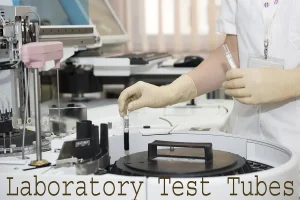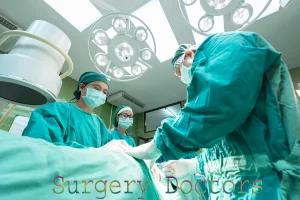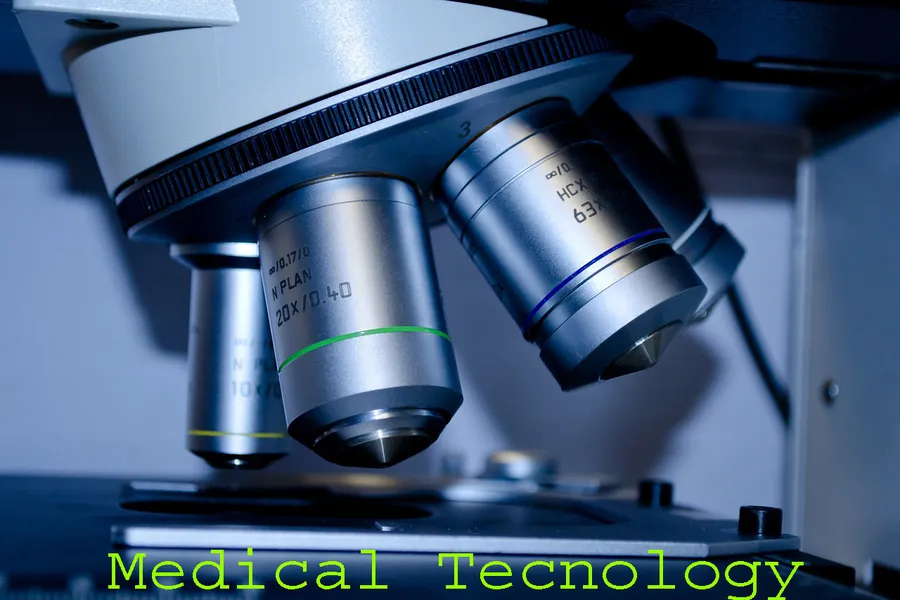Advances in medical technology have changed healthcare significantly. One key result of these advances is improved patient care.
In recent years, technology has transformed how doctors and nurses treat patients. From robotic surgeries to telemedicine, these innovations make healthcare faster and more effective. Patients now receive better diagnoses and treatments than ever before. This progress leads to fewer complications and faster recoveries.
As technology grows, so does its impact on healthcare. Understanding one result of these advancements helps us appreciate their role in saving lives and improving health. Explore how these changes benefit patients and the medical field as a whole. The future of healthcare is bright, thanks to ongoing advancements in medical technology.
The Evolution Of Medical Diagnostics
Medical diagnostics have changed a lot over time. Ancient practices included looking at symptoms and using herbs. Now, we have advanced tools for better results.

Milestones in diagnostic equipment include many important inventions:
| Year | Invention | Impact |
| 1895 | X-ray | Helped see inside the body |
| 1921 | Blood tests | Improved disease detection |
| 1970s | CT scans | Gave clear images of organs |
| 1990s | MRIs | Allowed for detailed brain studies |
These tools help doctors find problems faster. Better technology means better health for everyone.
Key Technologies Revolutionizing Diagnostics
Imaging innovations</strong like MRI and CT scans help doctors see inside the body. These tools create detailed pictures. They help find problems quickly. Patients feel less pain and stress during tests. Many hospitals use these machines every day.
Point-of-care testing allows quick results. Tests happen right where patients are. Both patients and physicians save time as a result.This means faster treatment. Simple tests like blood sugar checks are common. Doctors can make better decisions quickly.
These technologies improve health care. They help in early disease detection. Patients get the right care sooner. This is important for better health outcomes.
Impact On Patient Outcomes
Advances in medical technology help with early detection. This means doctors find diseases sooner. Early detection leads to a better prognosis. Patients often feel less worried. They can start treatment quickly.
Personalized treatment plans are also important. Doctors use technology to understand each patient. This helps in creating plans just for them. Each plan fits a patient’s unique needs. This approach can improve health outcomes.
Economic Implications Of Advanced Diagnostics
Advanced diagnostics can change how healthcare money is spent. They can help find problems earlier. This often leads to better health. Early detection can save money in the long run. Patients may need fewer treatments.
Cost-benefit analysis shows clear benefits. It compares costs with savings. This helps hospitals and patients make smart choices. Spending money on better tests can reduce costs later.
| Aspect | Details |
| Early Detection | Reduces need for expensive treatments |
| Fewer Hospital Visits | Leads to lower healthcare costs |
| Better Health Outcomes | Improves quality of life for patients |
Challenges And Limitations
Many people face accessibility issues with new medical technology. Not everyone can reach these advanced tools. This creates a gap in healthcare. Some groups benefit more than others. Disparities in health outcomes may result from this.
Another concern is the burden of overdiagnosis. More tests can find problems that may not matter. This can cause unnecessary worry for patients. It can also lead to extra treatments that are not needed. People may face side effects without clear benefits. Balancing technology and healthcare needs is crucial.
Future Trends In Diagnostic Medicine
The way physicians diagnose illnesses is being altered by artificial intelligence (AI). It helps find problems faster. AI analyzes data from many patients. This makes it easier to spot patterns. AI can assist in medical imaging too. It helps radiologists read X-rays and MRIs.
Wearable diagnostic devices are also important. These gadgets track health all the time. They can measure heart rate, sleep, and activity levels. Physicians can better comprehend patient health with the use of this data. Some devices even alert users about health issues. They help catch problems early.
Both AI and wearable devices make healthcare smarter. They improve patient care and save time. The future of diagnostics looks bright with these technologies.
Ethical Considerations
Patient privacy is very important today. Big data affects how health information is shared. Many people worry about their personal information being safe.
Informed consent is key for using new diagnostic technology.Patients need to understand the use of their data. They should understand the risks and benefits.
Doctors and hospitals need to keep data safe. Strong rules must protect patient information. Trust is vital in the doctor-patient relationship.
Case Studies
Oncology has seen many success stories. New treatments help patients live longer. Many cancers are now easier to treat.
For example, targeted therapies attack cancer cells directly. This means less harm to healthy cells. Patients feel better during treatment.
Another success is immunotherapy. It helps the body fight cancer. This method has shown great results.
Infectious diseases also benefit from medical advances. Faster tests help doctors find the right treatment.
Vaccines have improved greatly. They protect against many serious diseases. This keeps communities healthier.
Overall, medical technology makes a big difference. Patients receive better care and outcomes.
Frequently Asked Questions
What Are The Key Benefits Of Medical Technology?
Advances in medical technology have significantly improved patient care. They enhance diagnosis accuracy, leading to better treatment plans. Additionally, innovations like telemedicine increase access to healthcare services. This results in timely interventions, ultimately improving patient outcomes and overall health system efficiency.

How Has Technology Improved Patient Care?
Technology has revolutionized patient care in numerous ways. Information exchange between healthcare professionals is streamlined by electronic health records. Wearable devices monitor health metrics in real-time. Moreover, robotic surgeries reduce recovery times and increase precision. These advancements ensure patients receive timely and effective treatments.
What Is Telemedicine’s Role In Healthcare?
Telemedicine plays a crucial role in modern healthcare delivery. It allows patients to consult doctors remotely, increasing convenience and accessibility. This approach is especially beneficial for those in rural areas or with mobility issues. Telemedicine also helps in reducing hospital overcrowding and enhances patient satisfaction.
How Do Medical Devices Enhance Treatment Effectiveness?
Medical devices enhance treatment effectiveness by providing precise monitoring and intervention. For instance, advanced imaging technologies enable accurate diagnosis. Similarly, implantable devices help manage chronic conditions effectively. These technologies empower healthcare providers to tailor treatments, improving patient health outcomes significantly.
Final Thoughts
Advances in medical technology have changed healthcare greatly. Patients now receive better treatments and quicker diagnoses. This progress leads to improved health outcomes and longer lives. Technology also makes healthcare more accessible for many people. With these changes, the future looks brighter for patients and doctors alike.
Embracing these advancements can enhance our overall well-being. Understanding these benefits helps us appreciate the role of technology in medicine. The journey of medical innovation continues to shape a healthier world for everyone.

